


- 1
- 2
- 3
- 4
- 5
Two days, 18 panels, 70 experts from 15 countries, 300 live participants with a total of over 3,000 online guests from 37 countries! — this is the 11th International Media Forum KYIV MEDIA WEEK 2021.
Media business. Reload is the main focus of this year’s KMW, which perfectly reflects the current state of affairs in the content industry around the world in general and particularly in Ukraine. Our lives have been divided into "before" and "after" the COVID-19 pandemic. The world has changed, we are all adapting to a "new normal", both in our personal worldview and in our social and professional lives.
Risk projection and developing plan B or even C and D — are now a mandatory routine in any business. At the same time, these changes have opened up space for creativity. This is a new page of history, waiting to be filled with new meanings, and the possibilities to experiment and creative solutions are endless.
The diverse discussion panels and sections of KMW 2021 focused on the joint search for these new meanings and possibilities in the various sectors and areas of the audiovisual industry – film, TV, digital. Leading Ukrainian and international experts, representatives of cross-sectional agencies, top managers of the key industry players have discussed the issues of content production and distribution, co-production, digitalization, finding new formats of cooperation, and much more.
Not to drown in the whirlpool of change, it is now more necessary than ever to keep track of the latest trends and be ready to respond to the new challenges at all times. And for this reason our analytics department, in cooperation with MBR, has prepared five analytical studies and reviews providing industry players with the information they need to effectively adapt to the new realities. Overviews of the current state of various aspects of the Ukrainian TV, film and emerging VoD industry – find all this in this year's KYIV MEDIA WEEK White Paper.
Many thanks to all participants and partners of KYIV MEDIA WEEK 2021 for being with us this year. And see you again next year!
To assess the changes regarding the content structure of Ukrainian TV broadcasting in 2020, the Media Resources Management company has analyzed the air structure of six major Ukrainian nationwide broadcasters (Ukraine, ICTV, 1+1, STB, Novy Channel, and Inter).
The total broadcast time of each channel amounted to around 8,770 hours. All content aired was divided into the main categories: series, TV movies and feature films (hereinafter referred to as films), non-scripted TV shows and programs (hereinafter referred to as shows), animation, documentaries, news, advertising, and announcements. The "other" category was also formed, which included live streams, concerts, short films, and inter-program bumpers. Thus every second of the airtime of the largest Ukrainian broadcasters was grouped and analyzed.
The results of the study showed that the most aired type of TV content in Ukraine in 2020 is TV shows and programs. Their share in the broadcasting of the top six Ukrainian TV channels accounted for about 35.9% of the total airtime last year. In absolute numbers, it equals around 18,900 hours of broadcasting, which is almost 250 hours less compared to the similar results of 2019.
The second most broadcast type of TV content in Ukraine in 2020 was TV series. They together accounted for about 18.2% of airtime (about 9,600 hours of broadcasting), which is 220 hours less than in 2019.
Traditionally, TV movies and feature films entered the top three in terms of total broadcast time with a share of 15.6% (more than 8,200 hours of broadcasting). It is this category of content that showed the biggest increase compared to 2019 – by more than 1,000 hours.
In general, the structure of the TV airtime of the six largest Ukrainian TV channels in terms of total airtime of different types of content is as follows:
Structure of Ukrainian TV airtime in 2020, %
In 2020, the trends towards an increase in the total volume of broadcasting of motion pictures and TV films, as well as a slight decrease in the volume of broadcasting of TV shows, outlined in 2019, continued. However, the total volume of series content, which increased in 2019, declined in 2020.
Also, compared to 2019, the volume of animated content and news broadcast has reduced, while the amount of documentary projects aired has slightly increased.
To better understand the changes in the Ukrainian TV broadcasting landscape over the past year, we compared the total airtime of the main types of content for 2014-2020.
Structure of Ukrainian TV airtime in 2014-2020
(hours: minutes: seconds)
Shares of different types of content on Ukrainian TV in 2014-2020, %
UKRAINE
The air structure of the Ukraine channel in 2020, %
At the same time, after 5 years of a gradual increase in the total broadcast time of TV shows, in 2020, for the first time in a long time, less airtime was given to this type of content compared to the previous year (by 310 hours).
The air structure of the Ukraine channel in 2014-2020
(hours: minutes: seconds)
ICTV
Previously, during the last three years, the leader in terms of total broadcast time on ICTV was TV shows and programs. In 2020, shows were the second most aired type of content, with TV series coming in third.
The air structure of the ICTV channel in 2020, %

The air structure of the ICTV channel in 2014-2020
(hours: minutes: seconds)
1+1
The air structure of the 1+1 channel in 2020, %
The air structure of the 1+1 channel in 2014-2020
(hours: minutes: seconds)
STB
The air structure of the STB channel in 2020, %
The air structure of the STB channel in 2014-2020
(hours: minutes: seconds)
NOVY CHANNEL
The air structure of the Novy Channel in 2020, %
The air structure of the Novy Channel in 2014-2020
(hours: minutes: seconds)
INTER
The air structure of the Inter channel in 2020, %
The air structure of the Inter channel in 2014-2020
(hours: minutes: seconds)
All data above in the tables and charts: Media Resources Management
In terms of the total share of broadcasting on Ukrainian TV, series of Russian origin accounted in 2014 for about 69%, while Ukrainian series accounted for only 7% of all broadcast series content.
Series on Ukrainian TV in 2014 by country of origin (of the total air time of series broadcasting)
It should be noted that there are fewer and fewer series made in the USA on Ukrainian TV, and this indicator is steadily decreasing (from 1,213 hours in 2014 to 619 hours in 2020).
Series on Ukrainian TV in 2020 by country of origin (of the total air time of series broadcasting)
Total broadcasting time of scripted series on Ukrainian TV by the country of origin, 2014-2020
(hours)
Number of TV series and their countries of origin on the air of the top-six Ukrainian channels, 2015
Number of TV series and their countries of origin on the air of the top-six Ukrainian channels, 2016
Number of TV series and their countries of origin on the air of the top-six Ukrainian channels, 2017
Number of TV series and their countries of origin on the air of the top-six Ukrainian channels, 2018
Number of TV series and their countries of origin on the air of the top-six Ukrainian channels, 2019
Number of TV series and their countries of origin on the air of the top-six Ukrainian channels, 2020
UKRAINE
The structure of the scripted series in terms of the country of origin on the Ukraine channel in 2020 looks as follows.
Series aired on the Ukraine channel in 2020 by country of origin, % of total airtime
Scripted series on the Ukraine channel by country of origin, 2014-2020
(hours: minutes: seconds)
ICTV
It is also important to note a significant reduction in the airtime of US-made series. While in 2015-2018, their share in the entire series line-up (in terms of total airtime, rather than the number of titles) ranged from 17-32%, in 2020 the share of the US-made series in the total volume of series broadcast on the ICTV channel has dropped to 3%.
The structure of the scripted series in terms of the country of origin on the ICTV channel in 2020 looks as follows.
Series aired on the ICTV channel in 2020 by country of origin, % of total airtime
Scripted series on the ICTV channel by country of origin, 2014-2020
(hours: minutes: seconds)
1+1
The structure of the scripted series in terms of the country of origin on the 1+1 channel in 2020 looks as follows.
Series aired on the 1+1 channel in 2020 by country of origin, % of total airtime
Scripted series on the 1+1 channel by country of origin, 2014-2020
(hours: minutes: seconds)
STB
Another record of the broadcaster is the share of series produced in Ukraine, which in 2020 accounted for about 1,880 hours of broadcasting. That exceeds the total time of all-origin series broadcasting in 2019.
The total share of Ukrainian series on the channel's air in 2020 was 73% (for comparison, the total broadcasting volume of Ukrainian series in 2014 was only 12%).
The structure of the scripted series in terms of the country of origin on the STB channel in 2020 looks as follows.
Series aired on the STB channel in 2020 by country of origin, % of total airtime
Scripted series on the STB channel by country of origin, 2014-2020
(hours: minutes: seconds)
NOVY CHANNEL
It should be noted that Novy Channel remains among the leaders of Ukrainian TV in terms of the total airtime of US-made TV series (346 hours in 2020).
The structure of the scripted series in terms of the country of origin on the Novy channel in 2020 looks as follows.
Series aired on the Novy Channel in 2020 by country of origin, % of total airtime
Scripted series on the Novy Channel by country of origin, 2014-2020
(hours: minutes: seconds)

INTER
The structure of the scripted series in terms of the country of origin on the Inter channel in 2020 looks as follows.
Series aired on the Inter channel in 2020 by country of origin, % of total airtime
Scripted series on the Inter channel by country of origin, 2014-2020
(hours: minutes: seconds)
All data above in the tables and charts: Media Resources Management
- Maksym KryvytskyiHead of the TV business at 1+1 media and General Producer at 1+1 channel
- Anastasiia ShteinhauzManaging Director of ICTV
- Victoria KorogodCEO of Ukraine channel
- Liudmila SemchukManaging Director of STB
- Olha ZadorozhnaManaging Director of Novy Channel
It is worth mentioning that during the crisis period, none of the Ukrainian broadcasters seriously ventured into the "pandemic" content, like zoom shows. Filming of projects with crowd scenes, travel shows, and TV series was limited, but the lack of fresh content was compensated by the archives or film screenings.
The majority of the projects that were postponed in 2020 were/will be released in 2021 or have been scheduled for 2022. In addition, channels did not sit idle during the forced downtime and approached the new season with a lot of new ideas and know-hows.
As for the changes in the lineup, the most noticeable ones occurred on Novy Channel: "Previously the lineup was built according to the vertical principle, now it is built according to the horizontal one," explains Olha Zadorozhna. "This spring we have fixed 19:00 as a time slot for premieres, 21:00 as a movie time slot, and we have started to build a logical lineup closer to the morning. This allows us to get additional sponsorship sales – we maintain contact with a sponsor not once a week, but every day, which we have managed to achieve without losing share." In addition, by the beginning of the fall season 2021, Novy Channel rebranded itself without changing its positioning. A little earlier the Ukraine TV channel had also updated its self-presentation, changing its slogan from Channel No. 1 to Channel of Big Events, which includes big shows, broadcasts of major sporting events, event content (e.g. concerts dedicated to important national dates), and top Ukrainian box office movies.
Another important market change has happened in the Ukrainian TV landscape. The Alliance that united the sales houses StarLightMedia, Media Group Ukraine, and InterMediaGroup collapsed, which resulted in a new configuration of advertising sales (SLM + 1+1 media and MGU + IMG). Though TV channels have not felt it yet, this change had an impact on their work with advertising. According to Maksym Kryvytskyi, all media groups are focused on improving the efficiency in advertising: "We make rearrangements so that commercial appearances within TV channels gather maximum coverage. We use different ways of arranging commercial interruptions within the lineup to make it natural for the audience, but also useful for the advertiser. Competitors, by the way, are also paying more attention to commercial interruptions. In general, we see that everyone in the market is very much advanced in this regard."
However, there has been no change in the language configuration of Ukrainian TV channels. According to the Law of Ukraine "On Ensuring the Functioning of the Ukrainian Language as the State Language," starting from 16 July 2021, all Russian-language films and TV series must be broadcast with Ukrainian dubbing or voice-over. However, this contradicts the 75 percent quota for the Ukrainian-language content required by the Law of Ukraine "On Television and Radio Broadcasting." So, there is a legal conflict: TV channels are now guided by quotas, although they are actively shooting Ukrainian-language material and dubbing archive content, getting ready to switch to 100% of the Ukrainian-language content, when the whole market will do so.
So far, the experiment of those who changed the lineups on 16 July (but soon returned to the quota) shows that the viewer, who responds well to the original Ukrainian-language product, poorly perceives the adapted one: on average successful Russian-language products in dubbing lost up to 20% of indicators.
At the same time, it has become more difficult to predict the viewer's behavior. In the spring of 2020, with the beginning of the first lockdown, the expected pre-pandemic decline of Total TV did not happen, as the whole country was forced to sit at home and watch TV. Naturally, in the spring of 2021, during the next lockdown, everyone expected an increase in TV viewing again, but there was none.
"When the first quarantine came to an end, and the indicators generally came back to the predicted norm, we faced an interesting question: How should we make future predictions?" recalls Anastasiia Shteinhauz. "For all predictions are based on previous experience, and it is not clear yet, which experience shall be taken into account: pre-COVID-19 or during the COVID-19?" In addition, there has been a change in the panel's value over the summer, and so far, it has been very noticeable. Clearly, it hasn't changed viewer sympathies, but the picture we are working with, what we can analyze, has been strongly affected by this."
The quarantine-induced growth in content consumption has been a catalyst for the accelerated development of new delivery modes, which in turn has exacerbated the issue of television measuring
All this leads to global changes both on the market and in attitudes: "A TV channel, as I see it, is an obsolete word and notion," says Semchuk. "There is a product produced by STB, which you see on TV, on the Internet, on your phone, on the platform, anywhere. The market needs to learn how to measure media brands and to work with them: this is both a trend and a challenge, as well as an interest and a current complexity that we have to cope with."
Another global trend that has a significant impact on the television market is the aging of the audience, both the TV audience (young people are quicker in mastering new technologies and going into digital) and the general one.
The Ministry of Social Policy of Ukraine predicts that by 2025, 25% of the Ukrainian population will consist of people over 60 years old and 18.4% of the population will be 65+. Liudmila Semchuk, on the other hand, has a bleak demographic outlook: "We are approaching a post-Chernobyl demographic hole when the birth rate dropped drastically. Very soon the structure of the panel and in principle that of the country's population will be slightly skewed in terms of the ratio of young people to adults. The demographic downturn is getting closer, and I think it is going to affect the business, the amount of content, in one way or another. As Netflix stated, no content is too niche. There is room for everything, but what matters is the volume of audience for which that content is relevant. So, I assume that there will be less expensive content aimed at young audiences because that segment will be severely limited."
However, TV channels have been watching the outflow of the young audience for many years, and it seems they have managed to adapt to it: "Every year, the number of TV viewers is decreasing. At the same time, those who remain watch us more and for a longer time. In 2021, the number of hours of TV viewing increased to six – one might say these are real TV fans", says Maksym Kryvytskyi.
"For our small market, a partnership with an online platform is an opportunity to make a quality product and move up a notch," says Maksym Kryvytskyi. "We see that sales [on the platform] start to grow actively when a project is being aired on TV, even if it premiered on the platform, and after the break, the series releases on our TV channel."
TV channels seem to have already decided on the formula for multi-platform content that the market has been looking for in recent years. "Release on online platforms is purely a question of quality: quality script, original approach, level of production. And our desire to do a multi-platform product is probably just a desire to do content of better quality. The viewer doesn't come for obscene language or naked bodies, they come for an interesting story, characters, and drama," says Liudmila Semchuk. "We are currently developing around 30 TV series, which are beyond the budget of the Ukrainian market. These are both historical projects, which need state funding, and international ones that may be co-produced with Poland. There are stories for our platforms. They are interesting and progressive, and we will begin production of one such series next year. We have two crazy ideas on the level of Netflix or another international platform. But how to produce them? In most cases, it all comes down to financial co-production or state funding. Based on market realities, a TV channel can spend for an hour's worth of content a sum that is often enough for just a basic melodrama series. Therefore, we are open to dialogue with everyone who is looking for partnership and projects for online platforms."
The Ukraine channel will launch its makeover I am bringing you beauty (Я везу тобі красу) this autumn, while ICTV continues to work with infotainment.
For example, 1+1 is developing the second season of the series of teen-dramedy Sex/Insta/ZNO (Секс, Інста і ЗНО) for its own VOD platform. And there are two more similar projects in development, also exclusively for digital. Novy Channel is preparing a second web series and continues to develop YouTube projects that contribute to the transition of the audience from linear TV to digital and back. In the fall season, the show Hell's Kitchen (Пекельна кухня) is paired with Predmetka (Предметка) and Exes 3 (Екси-3) is paired with Crash Test (Краш-тест). Besides, the channel has launched a YouTube cooking show Roasted (Прожарено) with Hell's chef Alex Yakutov and is already planning digital premieres for spring 2022: "There is an idea for the digital post-show Couple for a Million (Пара на мільйон)," announces Olha Zadorozhna. "We also want to work with the material that wasn't included in the show Revizors at the Porch (Ревізори на порозі). This way viewers will get answers to the questions that arise while watching the show. And if we agree, these projects will be released on OTT platforms instead of YouTube."
This conclusion is also supported sociologically. "At the end of 2020, we have conducted a big demographic study of content consumption: what people watch on our channel, what they watch on our competitors' channels, and why," says Anastasiia Shteinhauz. "And we were also curious about how people watch Other TV and platforms.
Secondly, in the case of state support of the film industry in Ukraine, the term "investment" cannot be used in its commonly accepted meaning, as the result of the investment in most cases does not include profit but rather the development of the industry: increasing the number of practicing filmmakers and the quality of their work, strengthening viewer trust in the national cinema, and increasing interest in Ukraine as a film power abroad. In other words, these are the results without quantifiable indicators. However, there is an indisputable quantitative indicator, thanks to which the definition of "investment" cannot be abandoned altogether, which is the increase in the total number of Ukrainian premieres. Whereas in 2016, 15 new films, which were produced with the support of the Ukrainian State Film Agency, reached audiences in one way or another, in 2017 there were already 29 such films, in 2018 – 37, in 2019 – 44, in 2020 – 35, despite the lockdown and quarantines, and in the first half of 2021 – 24. In 2014, the share of Ukrainian films at the national box office was 1% of the total, and in 2019, it was already 8%, and, judging by the dynamics, it would have continued to increase, if not for the COVID pandemic.
The lion's share of the funds invested by the state in the production of film projects continued to be distributed through competitions held by the Ukrainian State Film Agency. In 2020, it became apparent to the industry that the system of funding distribution required a reset. And already in 2021, all competitions, beginning with the Fifteenth Competition, were held under the new rules (there were restrictions on the maximum amount of support for different categories of projects, the submission of no more than two applications from one company was permitted, money was allocated only after the project had undergone an obligatory financial audit, and so on). Starting from 2021, the new Council for State Support of Cinematography, whose members were replaced after the end of the previous ones' tenure, is responsible for approving their results.
However, the fact that competitions are being conducted under the new rules does not mean that the previous experience in film financing should be discarded (after all, state funding means taxpayers' money, which means increased responsibility and control that the State Film Agency understands and declares). This analytical study is intended to help conceptualize this experience, using quantitative and qualitative indicators to identify film producers with high efficiency and thereby contribute to the effectiveness of the allocation of state funds for film production.
- The study analyzed feature, non-feature, and animated film projects produced by national film companies and in co-production with Ukraine with 100% or partial financial participation of the state, represented by the Ukrainian State Film Agency (projects produced with the support of the Ministry of Culture of Ukraine and other state authorities are the subject of a separate further study, and therefore, they were not considered here).
- The sample, based on open data, includes more than two hundred and twenty projects that won the Ukrainian State Film Agency competitions and were released nationally over the last five years (2016-2020) and the first half of 2021, or work on which officially ended in the same period with the submission of projects to the State Film Agency.
- The vector of analysis is the ratio "budget - state share - output". For films receiving state support in the competition category "For general audience", the output refers to quantitative indicators: box office returns, and the number of tickets sold (the efficiency is calculated as the percentage of box office returns compared to the total production budget). For films d'auteur (and for short films, which are not so easy to distribute in Ukraine), it is a mix of quantitative and qualitative indicators: the frequency of attendance at film festivals and the number of relevant awards, as well as their prestige and international weight.
- This study only considers the national box office performance, excluding the results of foreign box office, TV channel sales, or platform sales.
The study sample mainly includes films that have received funding since the Seventh Competition (November 2014), though there are some earlier titles in the sample as well.
Competitions for film projects have been held since 2011 when the Ukrainian State Film Agency was created to replace the liquidated State Film Service, and the system of direct government orders was replaced by a system of competitions that distribute state funding after a public presentation of projects according to the assessments of experts.
Though the first five competitions gave us several high-profile projects (e.g., The Tribe by Myroslav Slaboshpytskyi), they can rather be described as training competitions. And for various reasons: from financial (the agency's reporting was not always transparent) to the reputational ones (co-productions with Russia could easily get the money). The Sixth Competition, which started in the autumn of 2013, was canceled after the first stage due to Ukraine’s hryvnia collapse, the crisis, and other events that made the financial indicators of the submitted projects irrelevant (however, many of the films that participated in that competition won the following ones or were either released long ago, like Chervonyi or Bobot or were under development for a longer time, like Babi Yar by Sergei Loznitsa).
Finally, the Seventh Competition, held at the end of 2014 after the change in the leadership of the Ukrainian State Film Agency and the political course in the country, became the starting point for the Agency's system of state funding as we know it today.
Top five films for the general audience in terms of effectiveness
Data: Media Business Reports, Media Resources Management (based on open data from the Ukrainian State Film Agency)
The calculation methodology, in this case, is very simple: the efficiency is calculated as the percentage of box office receipts to the total production budget. For example, a 100% rate means that the film has collected at the Ukrainian box office the same amount that was invested in its production. In other words, the higher the result over the 100% mark, the better.
This percentage cannot fully reflect the success of the film, given the distribution of revenues among cinemas, distributors, and producers, marketing costs, etc. However, in a situation where a film is primarily positioned as being intended for a mass audience and widespread distribution, though the box office is not the only indicator of the film's success, it is the priority one.
In summary: box office figures for four of the 33 films were higher than the production budget, with one film exceeding 500% and another exceeding 270%. Two films are above 90%, but below 100%. Five had figures in the 20-50% range. Three films fall between 10% and 20%. Finally, 19 films, aimed at the box office and mass audience, have figures of less than 10%.
In general, when analyzing all the films included in the study in terms of box office returns, it turns out that Ukrainian State Film Agency spent UAH 1,630,621,542 on the production of 222 film projects (both feature and short films, including for almanacs and compilations), with total box office receipts amounting to UAH 474,250,268 (29,1%). At the same time, 14% of films attracted 08,1% of the audience. Those 14% of films cumulatively received only 15,4% of the amount invested by the state.
Of course, there are different film festivals, and not all the awards are equal, but there are enough status benchmarks in this area. The main one among them is that the festival should be accredited by the International Federation of Film Producers Associations (FIAPF). Altogether there are more than five dozen film festivals with such accreditation, and among the most prestigious — the so-called Class A festivals —are those in which there is a competitive program and no specialization. There are predictably fewer of these international events. There is a total of 15 of them for feature films (in Cannes, Berlin, Venice, Karlovy Vary, Locarno, Moscow, Shanghai, Montreal, San Sebastian, Warsaw, Tokyo, Mar del Plata, Tallinn, Cairo, and the International Film Festival of India in Goa) and five for short films and documentaries (Tampere, Oberhausen, Krakow, Saint Petersburg, Bilbao). Given the high international status of these festivals, we considered not only awards received by Ukrainian films but also their participation in competition programs. The latter, from the point of view of our research, is also a victory because in this way Ukraine gets quality promotion in the international market, which in a global sense means efficient use of state funds.
The special status of the prestigious film festivals, however, does not mean that we have decided not to consider the awards of lesser-known film festivals. On the contrary: they are given a separate line in the stud, but in this case, only the awards are included there, nominations and out-of-competition screenings do not count.
In addition, for many Ukrainian films, various extra-festival awards are also important, such as the awards of the European and Ukrainian Film Academies, so they were also considered and put in a separate column.
As for ranking, everything is simple: the awards and participation in ‘A’ list film festivals are the most important criteria in terms of efficiency, followed by the awards from other festivals, including specialized screenings, and then come extra-festival prizes, awards, and other distinctions.
Once again: we do not downplay the importance of the fact that a film received an award, for every award is of importance, but we consider their overall "specific weight", the prestige, which affects the place of the picture in the rating, demonstrating the efficiency of spending state funds. To make it clearer, let us look at the example of two films: the documentary Babi Yar. Context by Sergei Loznitsa and the feature thriller Stranger by Dmytro Tomashpolsky.
It should be mentioned right away that Stranger is ranked 26th in the list of those analyzed, while Babi Yar. Context is not included in the study, as its production was funded by a private project of the Babyn Yar Holocaust Memorial Centre. At the same time, the archive materials, which were used while making of the latter, were collected by the director in preparation for the shooting of another project – a feature film Babi Yar, which again was funded by the Ukrainian State Film Agency, so it is impossible not to mention the documentary at all. Analyzing the awards of both projects in quantitative terms, the picture Babi Yar. Context has received only one award – "The Golden Eye" (L'Œil d'or) at the Cannes Film Festival, while Stranger was awarded in seven genre screenings. However, in this case, it is not the quantitative but the qualitative component (the prestige of the festival) that is of greater priority for analysis.
Therefore, if Babi Yar. The context had been placed in our rating, it would have ranked higher, despite the smaller number of prizes. Of course, the film by Dmytro Tomashpolsky has become a highlight among films of its genre, but it had little impact on the international status of Ukraine as a film power, unlike Sergei Loznitsa's film.
Top 15 films d'auteur in terms of efficiency
Data: Media Business Reports, Media Resources Management (based on open data from the Ukrainian State Film Agency)
- Ivan ShestakovChief Innovation Officer at MEGOGO
- Fedir HrechaninovDirector of Strategy and Business Development at Media Group Ukraine
- Yuliia TrybushnaCEO of OLL.TV
- Anastasiia RyzhenkoHead of Media Content at Volia
- Oleksandr RezunovCEO of Sweet.tv
- Pavlo RybakHead of Kyivstar TV
- Iryna NykonchukShowrunner at 1+1 Production
Market
General information
Among those respondents who have agreed to talk about figures, there is a consensus that in Ukraine at the beginning of 2021 the number of paying subscribers of OTT-platforms was about 1.2 million with around 5 million Pay-TV subscribers (the latter figure is congruent to the data of the independent rating agency Big Data UA, which specifies that the penetration rate of Pay TV is about 39% of households in the country).
To estimate the growth rate of the market, experts were offered research data from PwC Media Outlook, which forecasts the growth of the global VoD segment by 13.4% per year (until 2025), and most respondents did not agree with this information. "MEGOGO is growing much faster," said Ivan Shestakov. "And since we objectively consider ourselves to be the largest platform, I think the growth rate in Ukraine is significantly higher than that in the world." To specify how much higher, they can rely on Pavlo Rybak's data: in 2020, the OTT market has almost doubled.
It is worth noting that the Ukrainian market of streaming services is a highly competitive environment, with more than 10 OTT platforms competing for the specified number of subscribers. Moreover, international players that have entered the country (Netflix and Amazon Prime Video since 2016, AppleTV Plus since 2019), as well as available Russian platforms (except for Kinopoisk HD and Wink, which fall under the decree of the President of Ukraine banning Russian social networks and services in the country) also battle for the attention of Ukrainian viewers.
As part of the study, we focused on the largest OTT services of Ukraine: MEGOGO, OLL.TV, Kyivstar TV, Volia TV, and Sweet.tv (the others either provide exclusively TV services or operate on an advertising model only, or, like 1+1 video by 1+1 media, represent "the branded niches" of the media group’s content). At the same time, it is not possible to specify exactly how big these services are, for the information on the number of platform subscribers is not made public, and the data published by Big Data UA was not confirmed during the preparation of this review.
The reasons for such secrecy are explained by high competition: "Knowing our number of subscribers and ARPU, competitors will be able to calculate everything they need," says Oleksandr Rezunov. However, he assures (as well as other respondents) that all necessary reports on subscribers are being provided to the respective copyright holders. Three of the five platforms claimed that they were growing significantly faster than the market.
For that reason, it was not possible to calculate the market average ARPU (during the interview, only two of the five OTT platforms named their ARPU), but considering the cost of packages and announced trends in their purchase, it can be concluded that the figure is more than two times higher than that announced by Big Data UA in 2020 (66,67 UAH or 2,02 EUR). The average receipt amount and the construction of the sales funnel are also classified as non-public information. In addition, it was impossible to compare the volume of VoD content accumulated with the platforms, because everyone does their counting differently: some count in hours, some in titles. And by a title, some mean the whole project, while others refer to a title as just one episode of a series, and they then add all episodes up and get a bigger number.
"The pandemic has hit everyone on the planet without exception, as well as the global economy because everything in the world is interconnected," admits Ivan Shestakov. "Even if there are momentary victories, they are overshadowed by the overall depressing situation. We understood that and therefore took many measures in order not to lose our position and growth rates. If we had not shifted our focus to other types of content, if we had not started to develop other product areas, then 2021 might well have been the beginning of stagnation for us. MEGOGO managed to hold its position in the market, which became possible only because of the incredible efforts of our entire team".
According to other platforms, the situation has not changed globally. During the lockdown, everyone felt the growth of load and noted an increase in views, but not in the subscriber base (existing users just started to watch much more than they used to). In summer, the situation leveled off, and the inflow of new subscribers began in September (just like for television, with the beginning of autumn there is a high season for platforms as well). At the same time, the economic crisis has not affected the users' behavior:
Most respondents reacted extremely emotionally to this word, and not just because dumping in the media plays into the hands of pirates. "All over the civilized world, Pay TV is the biggest investor in content. The strongest series, films, etc. are produced for Pay TV," explains Fedir Hrechaninov. "In Ukraine, however, the Pay TV segment was not an investor at all, because it was lying on its side and could barely breathe due to the providers' endless dumping. And given that the advertising market is negligibly small and cannot recoup the production of the amount of content that has been coming out in recent years, someone has to subsidize it. In 2014, Ukraine found itself in a situation where this was already a matter of national security: the country had to produce content that could compete with Western, Russian, etc. The money comes from either the advertising market (but it is not enough apparently, we all understand the volumes), or from the paid market (which was barely breathing because of dumping), or someone subsidizes it. And it does not matter who it is: the owners of TV channels, the national state, or some special funds. As soon as we say that our model is built on subsidies, it becomes clear that we are talking about an unstable and very dangerous model for the country. Thus if the advertising market cannot be developed (more than it is developed today), and we want to get away from subsidies, the only source for the healthy development of the industry is the Pay TV segment. Therefore, we perceive dumping that destroys the Pay TV segment of the market as evil for both the industry and the country."
It is impossible to force all players to follow the rules, but the majority does stick to a consolidated position. "The market has agreed that there is a minimum tariff of 99 UAH. However, Kyivstar and we do not like such marketing moves, so our price is 100 UAH," smiles Pavlo Rybak. "In addition, the market has agreed that a user can get 7 days free of charge or 14 days for 1 UAH. And after that, the cost of the package is not less than 99 UAH. This helps everyone by keeping subscribers from running back and forth".
According to one of the speakers, it is agreed on the market that the minimum charge is 99 UAH as well as that the free trial for customers is 7 days or 14 days for 1 UAH. On the expiry of the trials, the package rate is no less than 99 UAH.
Most OTT players are skeptical about the idea of creating a single state-owned VoD platform, which was recently voiced by the Ukrainian authorities. But then again, state support of existing services is still considered necessary for their functioning.
On the one hand, it may take the form of limiting competition from international and Russian platforms at the state level. "According to my estimates, in Ukraine, there are up to one million users of non-Ukrainian platforms," says Pavlo Rybak. "So, if these services are banned, subscribers will be redistributed, and the situation in OTT will already be much better. This is not a popular opinion, but I think it is necessary to talk about it so that something would change for the better in our country." On the other hand, state support may take the form of direct financing of content production: "In Russia, the grant state support for content production — meaning the part of the state support that doesn't have to be returned — will amount to about 500 million USD," analyzes Fedir Hrechaninov. "This year alone. Only grant support. The figure does not include government spending on Channel One Russia, VGTRK, Russia Today, etc. And this is all taking into account that the Russian advertising market is many times larger than the Ukrainian one. The paid market is also many times bigger. At the same time, we are in a state of hybrid war. If one gathers all the money in the Russian media industry, it becomes clear how much the one we are fighting with spends on the information component of the warfare. Then we look at the entire Ukrainian market... Does the industry need government support to stand up to it? In my understanding, it certainly does, because today we cannot speak only about business. It does not work like that".
The market also needs state support to fight against pirate resources, which absolutely all OTT platforms consider their main competitor.
Foreign copyright holders do not join the fight against Ukrainian pirates. "Because they do not see large ARPU on the market," explains Anastasiia Ryzhenko. "Only local legislation may solve the problem, when there will be at least some kind of punishment for any theft of content, even for just watching it. Then the state will create normal conditions for both us and the copyright holders to protect their rights". Theoretically, the punishment for watching should encourage people to be more careful in choosing a platform. "A year ago we did a study. We asked users to list legal cinemas they watch. Approximately 60% of the resources on the list were pirate websites. Frankly speaking, we didn't expect such a result," admits Ryzhenko.
Development paths and types of VoD
Each of the streaming services included in the study reached its current position on the market along its path. MEGOGO, which launched in 2011 as an online cinema operating on the AVoD model, was the first to appear on the market. In 2013, MEGOGO added the TVOD model, in 2014 the SVoD one, in 2015 the TV service, and in 2018, the company changed its development strategy and began to experiment with different media content niches: sports, live broadcasts, audiobooks, cybersports, podcasts, etc. MEGOGO is positioned as Eastern Europe's largest OTT service, operating in many countries (mostly in the countries of the former Commonwealth of Independent States) and having its offices in Russia, Belarus, Latvia, Kazakhstan, Moldova, and Azerbaijan.
OLL.TV was launched for the UEFA Euro 2012 as a broadcaster of football events – from the Ukrainian Premier League to international championships – and remained so until last year when the company announced a change in its development strategy. Having left the football niche, the service, without giving up the sports channels entirely, became a "provider of common interest" by redirecting its focus to the artistic content.
The Kyivstar TV service originated from the Home TV service provided by the mobile operator Kyivstar. The Home TV service was launched in 2015. In 2019, in partnership with 1+1 media, the service relaunched as an OTT platform for Kyivstar subscribers, and since spring 2021, it became available to any user.
The Volia TV service in its current form was launched in spring 2020, although it began to develop (as an OTT digital TV broadcaster that was available only to subscribers of the Volia telecommunications provider) back in 2013. Last year, the platform became available on all screens and to any user.
The Sweet.tv platform started in 2017 as a TV service with only basic TV channels on its grid, but gradually it expanded its offer, and in 2019, the platform added the VoD service.
Only MEGOGO has the AVOD model which is not commercially reasonable for the other three platforms, but this model is being considered for launch by Kyivstar TV soon. FVoD content is present at all channels except Sweet.tv, performing either the function of attracting subscribers to the platform (for example, Volia TV together with copyrights holders chose 30 best Ukrainian films and made them available for free for 30 days), or the function of access to information (OLL.TV and Kyivstar TV have information TV channels open), or the function of testing.
SVoD is the most popular model among users, although there can be some nuances. According to Ivan Shestakov, on MEGOGO the popularity of the model depends on the device: "For example, free content and content with ads are most popular in the browser version of the platform. This is easily explained by the catastrophic amount of piracy in Ukraine. In turn, on SmartTV subscription content is the most popular one, after that comes pay-per-view content, and only then advertising content. The explanation for these statistics is also quite simple: users are willing to pay for convenience and quality".
Speaking of the advantages of MEGOGO, Ivan Shestakov emphasizes that the service has the widest possible range of media products which allows covering various niches of user interests: "No other service can offer users so many different forms of entertainment as MEGOGO does in one subscription." And such a strategy, according to Ivan, does pay off: "For example, the permanent audience of the audiobooks and podcasts section is growing constantly. As of today, this section has over 100,000 users, which is a pretty good number for a niche product. In addition, these people also actively watch other content on MEGOGO. We lock the user in a so-called media loop, where all their demands are satisfied: there is no need for them to search for different content on different platforms and pay everywhere, which is several times more expensive than our single subscription. We also try to cross-sell other products to all users. So everything fuels everything."
Kyivstar TV is also trying out other niches (for example, in September 2021, audio tales appeared on the platform), but today the main advantage of the service is its partnership with the mobile operator Kyivstar. On the one hand, it is an attractive price offer (in one "All together" Kyivstar tariff you get mobile communication, mobile Internet, home Internet, TV, and VoD), and on the other hand, it is a technological advantage. "If you watch a TV channel live, you will spend about 0.5 Gb per hour," comments Pavlo Rybak. "Now you can easily figure out what package you need but not every package has unlimited traffic. In our case, having the Internet from Kyivstar allows you to nullify the traffic in the application. This is a big plus because people watch Kyivstar TV on the road, in traffic jams, on buses, out of town, at resorts, at vacation cottages, etc. Especially during the June-July period, when the Ukraine national football team achieved such a success in Euro 2020 no one could have ever anticipated".
Volia also offers a bundle with home Internet, TV service, and VoD, but Volia TV service is qualitatively different in terms of the chosen strategy:
OLL.TV also cares about signal quality (especially when it comes to sports broadcasts), but it intends to compete with other platforms primarily by content: "One of the key features of OLL.TV is the best series offer on the Ukrainian market," says Yuliia Trybushna. "Since last summer, the subscription to the Amedia library which contains a series of the best world major studios, such as HBO, Showtime, CBS, is presented in our library exclusively, including the world premieres, which appear in OLL.TV right on the day of their worldwide release. We also offer several football leagues for our users to watch: both Ukrainian (Premier League, First League) and foreign ones. But the main thing is our exclusive content, which we have started to create this year."
"Relations with media groups are very similar to those with other copyrights holders," says Ivan Shestakov. "All of them require detailed reporting, and with all of them, the terms are tailored individually. There are similar provisions, but no two contracts are alike. The agreements we reach are always somewhere in the middle: each copyright holder has every right to manage their content as they see fit, while we, in turn, accept only those terms that we consider reasonable from a business standpoint."
The Sweet.tv platform and the FILM.UA film studio have tried out the new model this year with the film Pulse (Пульс). This was the first time the Ukrainian feature film premiered both on the platform and in cinemas. "In this case, it was an experiment from the copyright holder," explains Oleksandr Rezunov. "We had bought the film much earlier, even before the pandemic, but it was up to them to decide when our rights would be opened. From July 22 to August 29, we sold the film on a pay-per-view basis, and after that, we moved it to a subscription."
There are no uniform rules here either, as no content is the same. In the case of movies, it is usually either purchase of rights or profit-sharing. Premium TV channels put a condition in the contract with the platforms that the value of the package they are included in shall not be below a certain threshold. How the platform protects content from piracy is important to many. Oftentimes, when entering into a contract with a particular copyright holder for the first time, platforms face the need to prove their reliability and explain the growth prospects of the Ukrainian market as a whole.
In terms of competition, three main areas can be distinguished: competition of the platforms with other types of content delivery, with each other, and with pirates.
We put the latter in a separate block of the review above, while the other two are partly related:
In the same year, the OLL.TV platform acquired exclusive rights for Amediateka, which was previously available on all Ukrainian platforms with VoD. "When we had bought over our competitors' heads their key content, it was logical to expect a response from them," Shestakov continues. "And so it happened: they revoked the rights to the catalog, which they had previously bought as an exclusive. There was no visible outflow of subscribers from MEGOGO. We managed to quickly replenish the library with similar and alternative content." Media Group Ukraine, on the other hand, stresses that exclusive rights to football are always a question of price, while in the case of other content it is possible to compete with other parameters: "With football content, everything is very simple. There is a tender, and whoever gives the most money, has exclusive rights. But there are other contractors with whom it is more interesting to do business: they take into account not only the price factor but also, for example, the buyer's plans for development and promotion. After all, they know how we pay, because one can negotiate anything. And the question is how the agreement will be fulfilled if things suddenly don't go as planned."
At the same time, not everyone is ready to enter the race for football: "This content is quite specific," says Oleksandr Rezunov. "When the championship starts, subscribers come to watch it. When the championship ends, they do not stay on the platform. Therefore, in the case of football, one needs to consider the cost and the effect one would get from such subscriptions. So far we do not see this effect."
Ukrainian streamers are not afraid of the arrival of other international platforms (analysts of Digital TV Research forecast the beginning of the expansion of Disney Plus, Sky Showtime, and HBO Max in Eastern Europe already in 2022): "The entry of international platforms, I think, will have a favorable effect on the market," suggests Ivan Shestakov. "Big players mean big budgets. This means more high-quality local production and more efforts to combat piracy."
In estimating the number of platforms that will be able to comfortably exist in the market when it passes the stage of formation, all the respondents were unanimous and consolidated: two or three major players and several smaller ones.
The platform's audience portrait is formed not by socio-demographic characteristics, but by what users watch. Based on this, the platforms purchase content and build a system of recommendations. And the socio-demographic indicators describing these users complete the picture after the fact. "Traditionally we have more men who are interested in sports, and over the last year, we have more viewers who watch exclusive series," Yuliia Trybushna analyses the audience of OLL.TV. "That is, the differences are due to the exclusives we offer. All things considered, we are competing with OTT competitors and traditional operators for the same audience." Oleksandr Rezunov names viewers aged 25-35 as the backbone of Sweet.tv, while Anastasiia Ryzhenko singles out three key groups of Volia TV's audience. "The first one is young people, students, and older people, who do not have families yet. The second one is families with children of different ages, up to about 18 years old, and the children live with their parents. The third one is families with three generations within who live together (parents, their adult children, and grandchildren). The segment of singles aged 25-35 mostly watches films and shows, and they do it from smartphones and tablets. For families with children – the 30-55 years old audience – it is important to have entertainment channels, children's and family content, as well as the ability to choose. Also, both segments like sports. Families without children prefer educational and news content."
As already noted, TV channels are a must-have for Ukrainian platforms, and they are watched very well. For example, on Sweet.tv, only TV without VoD segment is consumed by around 50% of users. On Kyivstar TV, this figure is about 40%. "Linear TV is definitely not the main tool of attraction to the platform, what makes the user switch to OTT," says Pavlo Rybak. "However, it is the TV channels that people watch the most. This is something the Ukrainian platform cannot exist without nowadays. Any way you slice it, around 80-90% of our audience watch linear television in one way or another. And it goes even further. Even foreign platforms (Netflix or Disney), which started as pure VoD, are now actively looking towards launching linear TV channels. If a platform wants to continue expansion, it can not develop without linear TV channels. In fact, you don't have to go far to find an example: the ivi company, which didn't think about TV channels for a very long time. When we talked to them, they said bluntly: 'It's not our business. But they also came to this. They launched TV in Russia and actively made their way to Ukraine to launch their offer of TV channels here as well."
The number of users who watch only VoD and are not interested in linear TV channels is small for each platform, but only Pavlo Rybak gives the exact number: Kyivstar TV has 8% of those.
"Every year, the content produced in Ukraine is becoming more and more high-quality. As the quality grows, so does the audience," says Ivan Shestakov. "As for the Ukrainian dubbing of foreign content, the share of users who choose it increases in proportion to the share of Ukrainian-speaking citizens, which is logical."
As for Crazy Wedding 3 (Скажене весілля - 3), the film, according to Pavlo Rybak, has broken all the records on Kyivstar TV: "During the first weeks of sales, each subsequent week brought more than the previous one, and the peak was in the third week when the information about the film reached people when everyone got excited about it. By the sixth week, sales dropped a little and stabilized at a certain level. Roughly speaking, they have not fallen since mid-June. From week to week, the numbers are the same, there is literally a couple of sales differences. Admittedly, I had expected sales to fall by August, if not in July. Now I wouldn't be surprised if the film returned to sales growth in September." (all the interviews were conducted in August. – ed.)
While international VoD platforms grow by entering new territories, Ukrainian services first need to lure subscribers from other technologies. The technical advantages of OTT, such as catch-up, rewinding, the possibility of being late to the air, etc., as well as the ability to run on multiple platforms and get connected wherever there is the internet, help them do this. Paradoxically, the ability to supplement the content of linear TV channels with VoD content (i.e. to create the conditions of having a choice) is also on the list of important advantages of platform consumption.
When it comes to the content that brings users in, Fedir Hrechaninov claims that subscription drivers depend on audience preferences: "In some cases, it's a TV series, in other cases, it's football, there is no one thing. It's a complex work, streams that flow into one subscriber base. Our task in marketing is to manage these streams competently."
Anastasiia Ryzhenko names football live broadcasts as an ideal subscription driver: "Especially when Ukrainian clubs Dynamo Kyiv and Shakhtar Donetsk play. Subscribers come for a specific season and not just one football match. As long as these clubs play, the users will stay with Volia TV. And our task is to tell them as much as possible about the other content we have."
Judging from Sweet.tv's experience, the content that attracts subscribers doesn't have to be exclusive: "A driver can easily be a movie that everyone has," Oleksandr Rezunov is convinced. "But for whatever reason, other platforms did not pay attention to this title. They either did not offer it, or did not push it, or they simply did not consider the interests of a particular user based on their viewing history."
As mentioned above, users do not want to waste time choosing, so they watch well what the platforms promote, as well as event-driven film selections (e.g. films dedicated to Knowledge Day). Absolutely everyone noted viewers' love for comedies and thrillers, children's content is in high demand as well. In addition, customers of Kyivstar TV also enjoy horror and relaxation content (what is known in Europe as Slow TV), customers of Sweet.tv like Ukrainian dramas, and OLL.TV states that TV channels as a category are slowly losing in favor of movies and series.
The average number of titles per user per month was calculated by Sweet.tv to be five films, five cartoons, 16 episodes of a series, and 22 episodes of an animated series, indicating that usually, an entire family uses the same account.
In short, five of the four OTT platforms are going one way or another towards creating original content, but for them, this is not a goal, but one of the tools to compete and increase the subscriber base. At the same time, the players make no secret of the fact that they cannot yet finance the production of a high-quality film or series on their own, so all are looking for cooperation with TV channels, producers, and brands, all are ready for collaborations and partnerships, the models of which have yet to be created.
Considering that it is still impossible to produce full-fledged originals in the reality of the Ukrainian market, we asked the platforms to formulate what was meant by original content now. "The criteria for the product are formed by the platform," says Yuliia Trybushna. "For its brief, its audience, and the tasks that the content must fulfill (retaining, attracting viewers, increasing a particular audience, for example, the platform needs originals for men 20-30 years old). After some time, the content could be shown on a TV channel or, purely theoretically, on YouTube or other platforms." Pavlo Rybak offers a slightly different interpretation: "I would call it originals light. When a producer comes in with a ready-made idea and says, "I've already done part of the work: tweak it without changing the concept, pay some of the money, and you can have the product for yourself." Let's say, you can exclusively put your logo on the product, but the rights, for example, sales in foreign territories, will remain with the producer. This is the originals we have now: either buying the rights to the finished product, or investing a certain percentage in production, or investing in a promotional campaign."
Apart from series, Kyivstar TV is thinking about movies (two projects are now in production). Sweet.tv is trying to enter the humor niche (a solo film of Ukrainian stand-up comedian Andrii Shchegel is being filmed). MEGOGO creates originals not only in video format (for example, the platform considers audio series as a promising direction). OLL.TV is looking for series only to build its production of the most demanded content and only then experiment with other content.
The growth of the average check (respectively, the growth of the population's welfare), the formation of the habit of paying for content (respectively, reducing piracy), and of course, an increase in the subscriber base (according to Pavlo Rybak, it should count from one million subscribers to overpower 12 exclusives per year). "All of the above creates the conditions for production to be economically viable. But when the conditions are there, it doesn't mean that everything will happen by itself," stresses Fedir Hrechaninov. "There is a lot of work ahead for platforms and producers to find this content and the language in which to speak to the audience. There will be many experiments, successes, and failures. But I'm sure there will be very intense competition in this segment over the next five years."
So why are platforms working with originals now? Fedir Hrechaninov answers: "Considering how long production takes, we need to be very forward-thinking. For example, we believe that OLL.TV will be able to recoup such content in three years. This means we need to start today because if we start in three years, we have to wait [for projects to appear] for another three years. It's a long game where, generally speaking, it doesn't matter how many subscribers you have today. What matters is how many you will attract and retain with that content three years from now. And not just through one single title, but through a product line."
The first to enter the territory of originals was the 1+1 video service. At the end of 2020, the teen series Sex/Insta/ZNO (Секс, Інста і ЗНО), created by 1+1 media group exclusively for digital, was released on the platforms (and, accordingly, at the beginning of 2021 on its partner’s platform Kyivstar TV). According to Iryna Nykonchuk, the showrunner of 1+1 Production, one of the project’s aims was to dispel a myth that the content creation for platforms is an unprofitable business. "And we succeeded in it – nowadays we’re working on the second season of the project, moreover we’re not going to stop," said Iryna. "Speaking from the perspective of monetization, it was rather an experiment, anyway in terms of product’s marginality, we exceeded the goal set for 40 percent". Comparing two platforms, the series had more views on 1+1 video, but the figures of Sex/Insta/ZNO (Секс, Інста і ЗНО) were higher than average.
MEGOGO partner series are being created according to a similar model (the company did not answer the question about originals). Last year, the action TV series Angels (Ангели) was released, this year the mystery series Trickster (Плут). Moreover, the second season of TV series Angels (Ангели) is in production (all with the 2+2 TV channel). The detective Jack and London (Джек і Лондон), the comedy Great Hope (Велика надія) (with 1+1 TV channel), and the TV series Liuba (Люба) (with Novy Channel) are in production as well. Meanwhile, in the Russian market, MEGOGO produced the original series Hook (Крюк) (renewed for the second season), the feature film Deadly Illusions (Смертельные иллюзии) and announced several other comedy movies.
The first experiment of Sweet.tv, the sitcom Startuppers (Стартапери), was also produced not by the platform itself. The streamer supported the finished project financially to try out its approach to originals. Now, the company is accumulating funds in its fund,
FRUIT (Film and Television Development Fund, to which 10 hryvnias from each connection are allocated), and is carefully studying market offers.
However, the opportunity to share costs is not the only reason why OLL.TV chose this particular project as its first originals: "We wanted a story we could start producing quickly, without wasting years in development," says Fedir Hrechaninov. "Besides, there are no teams in the Ukrainian market that have experience in producing such products: they understand what is needed, but they have never done it in practice. And our experiment is not about whether they can produce this project, but about how the product will work on the OLL.TV platform. The Croatian producer of the series The Silence (Зломовчання), Drugi Plan, has already created a product, which was later bought by Netflix, The Paper [original name Novine – ed.]. So we can see what this product is and how it has worked."
Authors: Anastasiia Rakhmanina, Artem Vakalyuk, Anna Bielikovа, Borys Sydorenko
Designer: Daria Pushechnikova
Picture Editor: Andriy Polishchuk
Script Editor: Daria Derska
Project Manager: Maria Pylypenko
INFORMATION AGENCY «MEDIA
RESOURCES MANAGEMENT» LLC
info@mrm.ua | +380 44 459 46 10
kyivmediaweek2021.com
All materials published on this document, including but not limited to: texts, photos, images, logos, trade names, trademarks, illustrations (hereinafter – “materials” or “content”) are protected by copyright and are owned or controlled by «Information Agency «Media Resource Management» LLC (hereinafter referred to as the Company) or a party that is a content provider.
You may download or copy this document, other components and elements of this document, for personal use only, provided that all copyrights contained therein are complied with. Copying or storing any content other than for personal use is strictly prohibited without the prior written consent of the Company.